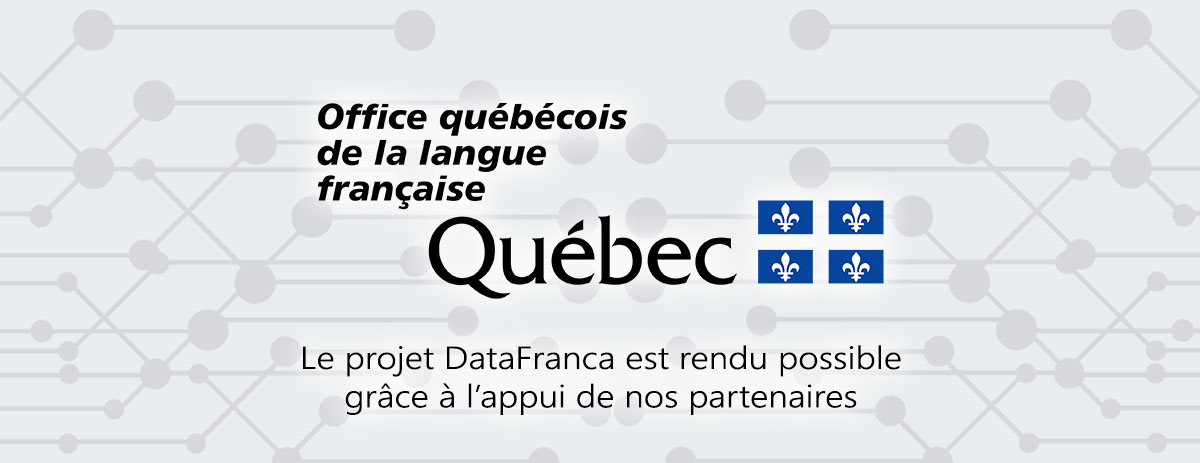Apprentissage par renforcement et rétroaction humaine
en construction
Définition
XXXXXXXXX
Français
XXXXXXXXX
Anglais
Reinforcement Learning from Human Feedback
RLHF
To understand RLHF, we first need to understand the process of training a model like ChatGPT and where RLHF fits in, which is the focus of the first section of this post. The following 3 sections cover the 3 phases of ChatGPT development. For each phase, I’ll discuss the goal for that phase, the intuition for why this phase is needed, and the corresponding mathematical formulation for those who want to see more technical detail. Currently, RLHF is not yet widely used in the industry except for a few big key players – OpenAI, DeepMind, and Anthropic. However, I’ve seen many work-in-progress efforts using RLHF, so I wouldn’t be surprised to see RLHF used more in the future. --- Learning from instructions and human feedback are thought to be at the core of recent advances in instruction following large language models (LLMs). While recent efforts such as Open Assistant, Vicuna, and Alpaca have advanced our understanding of instruction fine-tuning, the same cannot be said for RLHF-style algorithms that learn directly from human feedback. AlpacaFarm aims to address this gap by enabling fast, low-cost research and development on methods that learn from human feedback. We identify three main difficulties with studying RLHF-style algorithms: the high cost of human preference data, the lack of trustworthy evaluation, and the absence of reference implementations.

Contributeurs: Claude Coulombe, Patrick Drouin, wiki






